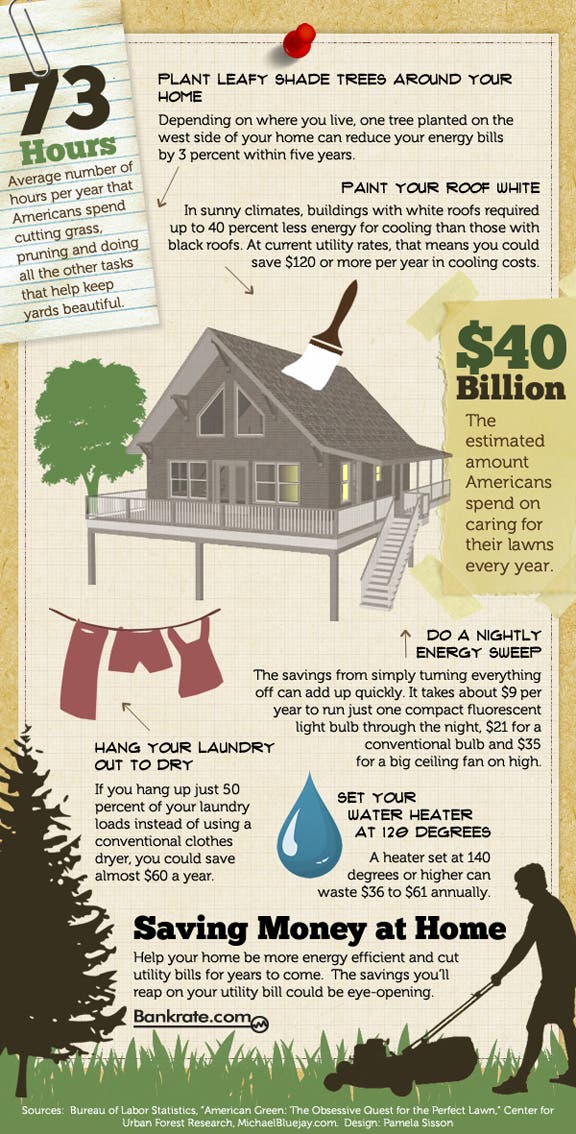Tree Care Throughout The Seasons: Best Practices For Handling Trees Prior To And Following Elimination
Tree Care Throughout The Seasons: Best Practices For Handling Trees Prior To And Following Elimination
Blog Article
Produced By-
When it involves seasonal tree treatment, guaranteeing proper monitoring prior to and after removal can significantly influence the health and wellness and visual appeals of your landscape. By comprehending the needed actions associated with examining tree health and planning for removal, you can proactively secure your home. However what concerning the important methods to comply with as soon as the tree is gone? Stay tuned to uncover the important post-removal treatment measures that will certainly help you grow a growing and sustainable atmosphere for your trees.
Pre-Removal Tree Treatment
Prior to attending to the removal of a tree, it's important to focus on pre-removal tree care. Beginning by evaluating the tree's health and structural integrity. Seek indicators of disease, insect infestations, or any structural problems that might position a safety and security risk during removal. It's vital to talk to a qualified arborist to establish the best course of action.
Trimming dead or diseased branches can protect against more damages to the tree and guarantee a smoother removal procedure.
Additionally, think about the environmental effect of removing the tree. Trees play an important duty in our community, so growing a new tree in a suitable area can assist offset any type of loss. Guarantee that you have the essential permits and consents for tree removal, specifically if the tree is protected by regional guidelines.
Seasonal Upkeep Tips
Examining your tree's demands throughout the year is essential for its health and wellness and longevity. To maintain your trees in top condition, comply with these seasonal maintenance suggestions.
In springtime, focus on pruning to remove dead or broken branches and urge new development.
Summertime asks for routine watering, especially during dry spells, to guarantee your tree stays hydrated.
As Highly recommended Site , keep an eye out for early signs of disease or anxiety, and think about applying compost to shield the roots during winter.
In winter months, be cautious when removing snow from branches to prevent breakage, and remain to monitor your tree's total health and wellness.
Keep in mind to change your care regular based on the specific demands of your tree species and local climate. By staying low maintenance garden plants all year round and proactive throughout the periods, you can assist your trees prosper and flourish for many years to find.
Post-Removal Tree Treatment
To make certain the health of your landscape also after tree elimination, proper post-removal treatment is necessary. After a tree is gotten rid of, it's essential to fill up the continuing to be opening with topsoil and small it to prevent settling. This will certainly help maintain the integrity of the ground and protect against potential risks in the future.
Take into consideration growing brand-new plants instead of the gotten rid of tree to restore the balance and aesthetic appeals of your landscape. Consistently water the area to promote the growth of new plants and protect against soil erosion.
Examine my maintenance bordering trees for any kind of signs of condition or stress and anxiety that might have been brought on by the gotten rid of tree. Keep an eye out for pests that may've been attracted to the previous tree and take preventive measures to secure the remaining greenery.
If essential, seek advice from a specialist arborist to evaluate the impact of the elimination on the surrounding trees and figure out any added treatment required. By complying with these post-removal treatment steps, you can ensure the ongoing health and wellness and elegance of your landscape.
Verdict
In conclusion, aggressive seasonal tree treatment is crucial for preserving the health and wellness and balance of your landscape. By evaluating tree health, trimming, and seeking advice from an arborist prior to removal, you can ensure a safe procedure. After removal, filling up the hole, planting new vegetation, and routine watering will certainly advertise brand-new development and protect against erosion. Remember to examine bordering trees for condition and look for additional care measures from an arborist to maintain your landscape growing.
